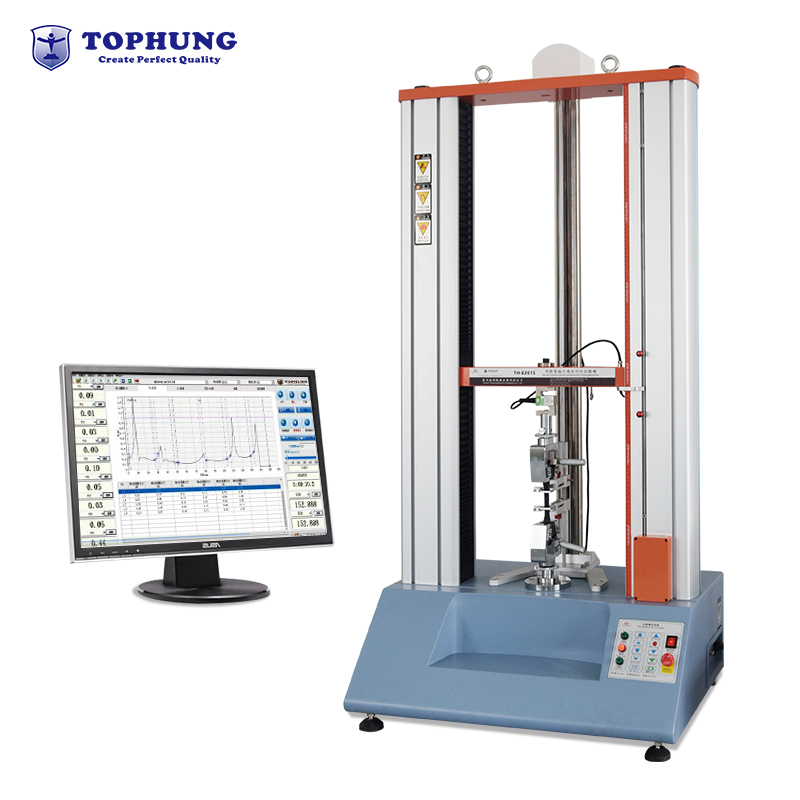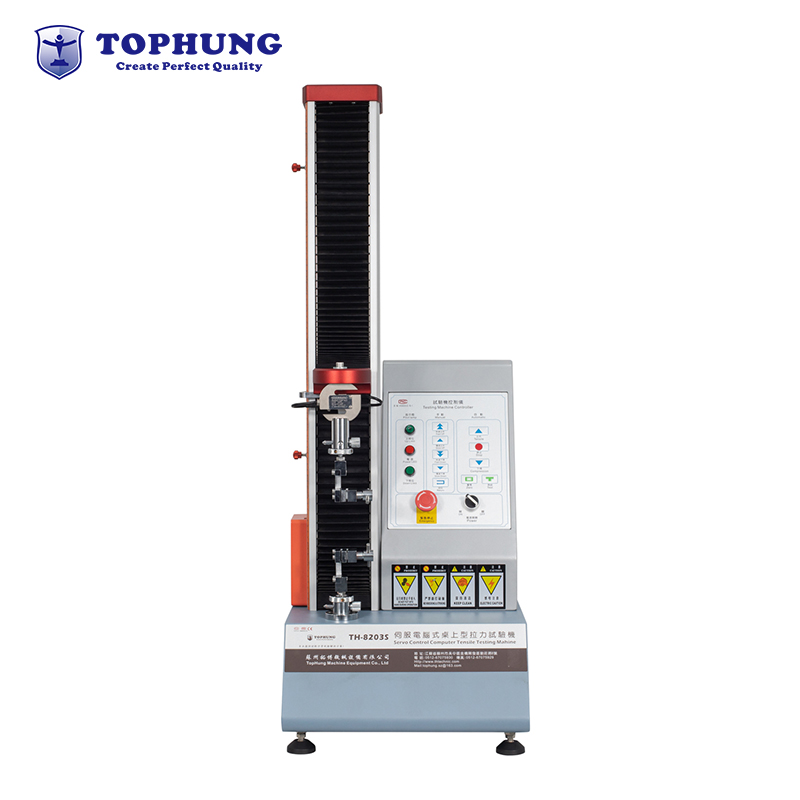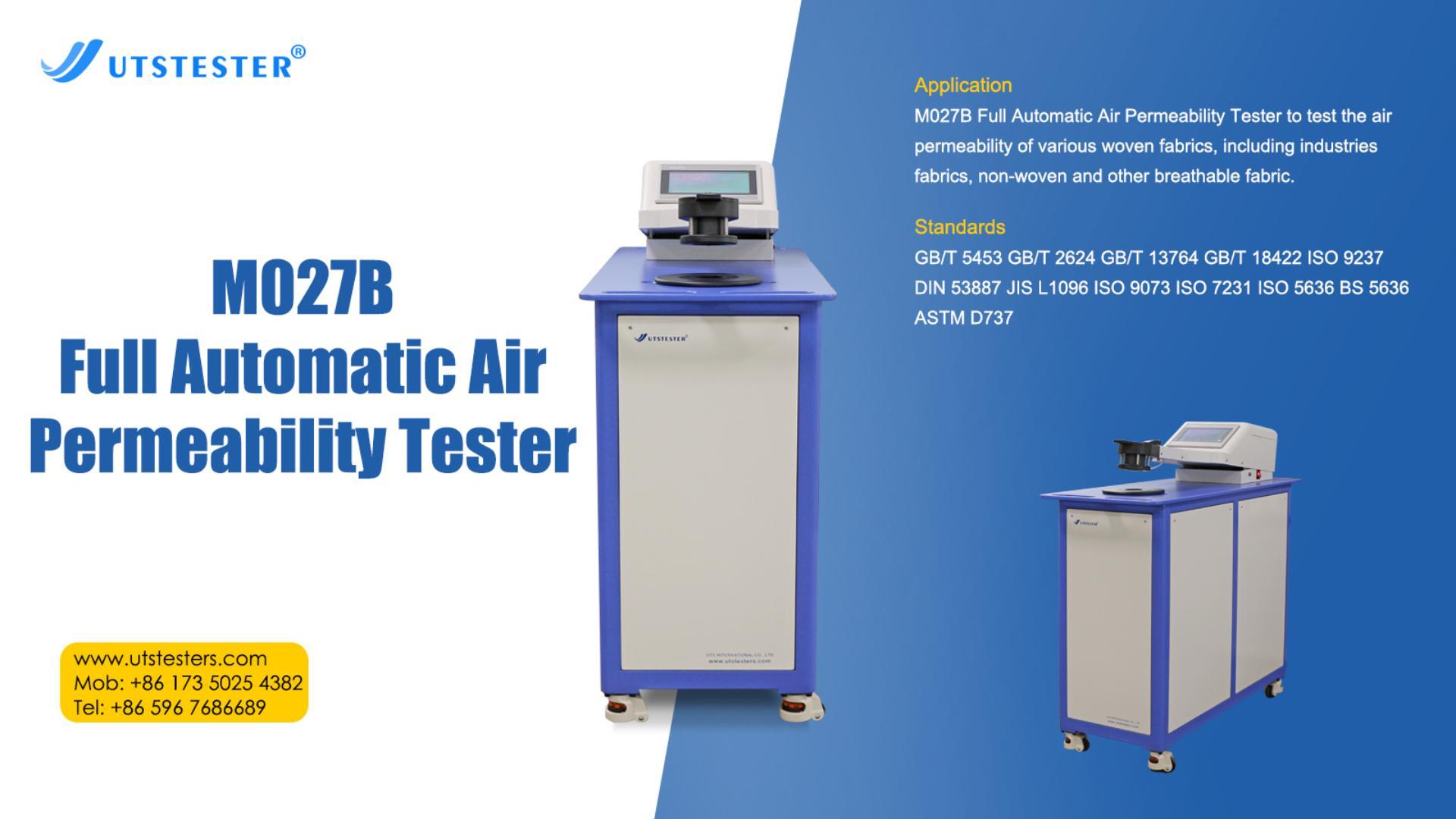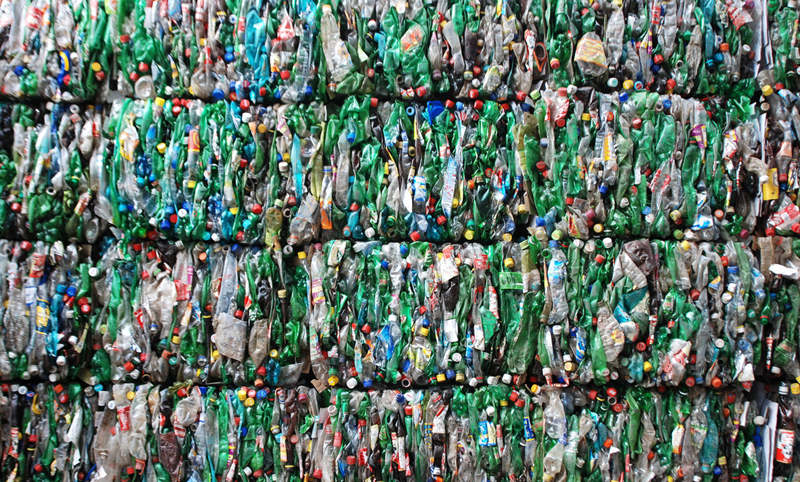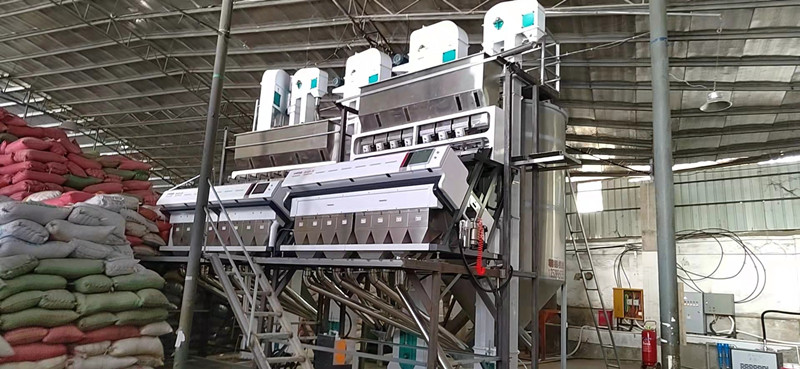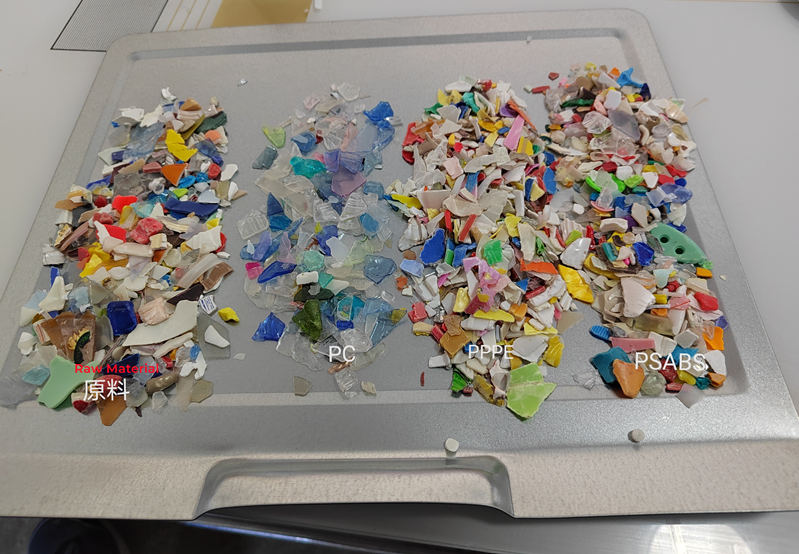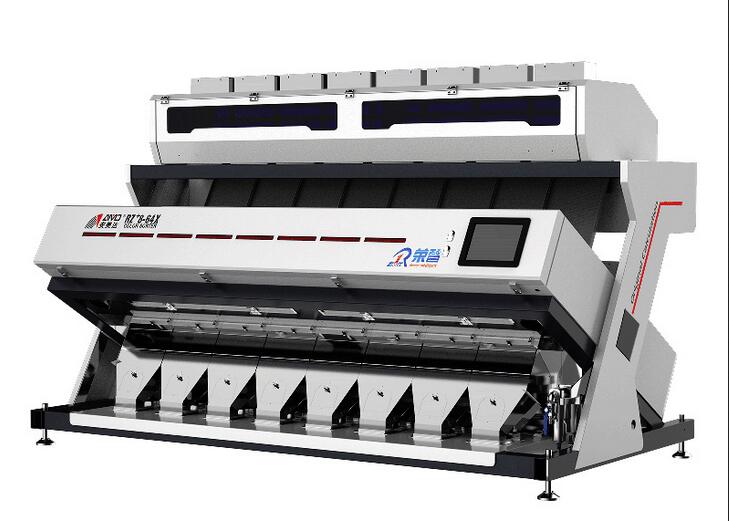Universal testing machines (utm) play a vital role in various industries by examining the mechanical properties and properties of materials, components and finished products. These versatile machines can perform a wide range of tests, including tensile strength, compression, bending, shearing and more.
Suzhou Tophung has been committed to providing our customers with professional material testing, structural testing and finished product testing excellent test instruments and overall quality testing solutions.
TOPHUNG's utm is designed with precision and accuracy in mind, ensuring reliable and repeatable test results. With different load capacities and flexible test configurations, it can meet the test needs of different industries. Whether you need to test metal materials, composites, solar panels, wire and cable, automotive parts or plastic products, our utm offers a complete solution. They enable you to assess the durability, strength and integrity of materials and finished products, ensuring compliance with industry standards and regulations.
Universal test machines (UTMs) are critical in quality testing in various industries. Suzhou Tonghong Machinery Equipment Co., Ltd. is a reputable manufacturer, providing excellent test instruments and overall quality test solutions. With our precision, versatility and customer-centric approach, we offer reliable UTMs that enable you to make informed decisions and ensure that your products meet the highest quality standards.
At TOPHUNG, we prioritize customer satisfaction and provide personalized support throughout the testing process. Our team of experts provide technical support, training and timely after-sales service to ensure a seamless experience. With our customer-focused approach and commitment to quality assurance and control, we aim to be your trusted partner for all your testing needs.


